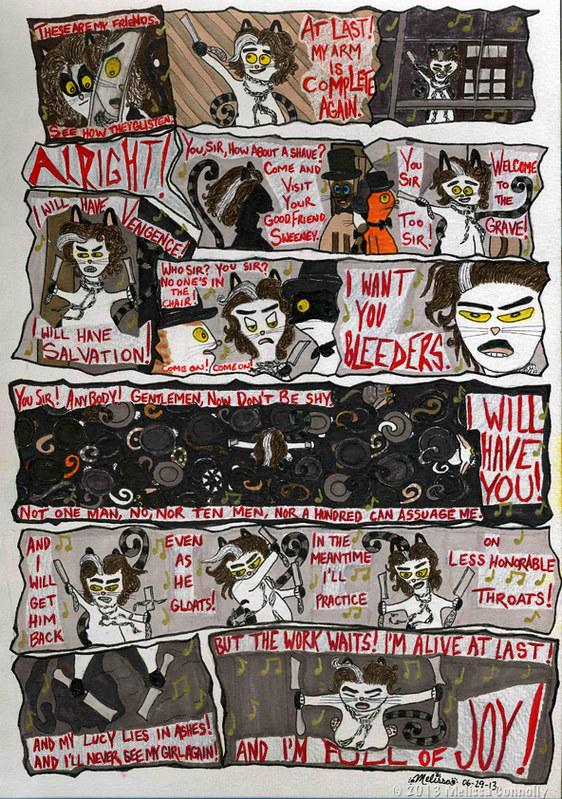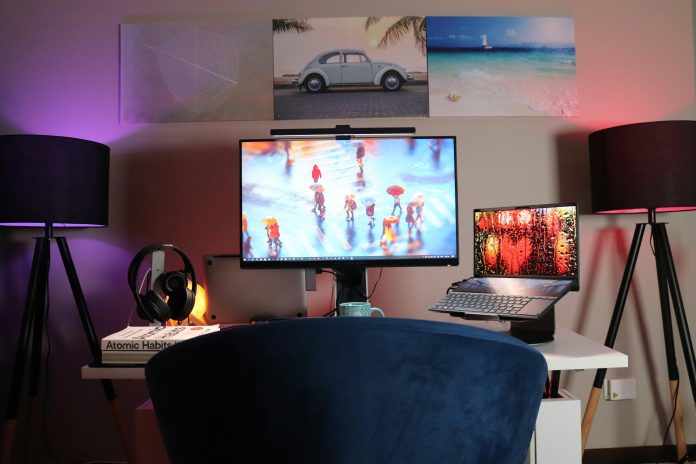In the modern whirlwind of constant notifications, buzzing devices, and ever-growing to-do lists, the art of multitasking has emerged as a seemingly indispensable skill. We pride ourselves on juggling emails while attending virtual meetings, drafting reports amidst social media scrolls, and ticking off tasks with the precision of a maestro conducting a symphony. But beneath this veneer of efficiency lies a pressing question: Does multitasking truly enhance our productivity, or are we merely spinning our wheels in the guise of progress? In this article, we unravel the intricate tapestry of multitasking habits, exploring whether they are the secret to heightened productivity or a deceptive path to diminished focus and efficiency. Join us as we delve into the science, psychology, and real-world implications of this ubiquitous practice.
The Neuroscience of Multitasking: What Happens Inside Your Brain
When you juggle multiple tasks at once, your brain doesn’t actually perform them simultaneously. Instead, it rapidly switches between tasks, a phenomenon known as “task-switching.” This process involves several brain regions, including the prefrontal cortex and the parietal cortex, which are responsible for executive functions and spatial awareness, respectively. Task-switching consumes cognitive resources, leading to a decrease in overall efficiency and an increase in errors.
Studies show that multitasking can lead to a reduction in productivity for several reasons:
- Increased cognitive load: Constantly shifting focus can overwhelm your brain’s capacity to process information.
- Diminished attention span: The more you multitask, the harder it becomes to concentrate on a single task for an extended period.
- Reduced quality of work: Dividing your attention often results in superficial understanding and lower quality outcomes.
While the allure of getting more done in less time is tempting, the brain’s limitations make true multitasking more of a myth than a productivity booster.

Balancing Act: Multitaskings Impact on Work Quality and Efficiency
In today’s fast-paced work environment, the allure of juggling multiple tasks simultaneously often seems like a promising route to heightened productivity. However, the reality of multitasking is far more complex. Studies have shown that multitasking can lead to diminished work quality and increased errors, largely due to the cognitive overload it imposes on our brains. While switching between tasks, the brain must constantly reorient itself, leading to a phenomenon known as “task-switching cost,” which can sap efficiency and focus.
Despite these challenges, some strategies can help manage the downsides of multitasking:
- Prioritization: Establishing clear priorities can help focus attention on high-impact tasks.
- Time-blocking: Allocating specific time slots for different tasks can reduce the need for constant switching.
- Mindfulness: Practicing mindfulness techniques can enhance concentration and reduce stress.
Ultimately, while multitasking may offer a temporary sense of productivity, it is often counterproductive in the long run, highlighting the importance of strategic task management.

Strategies for Smarter Multitasking: Techniques to Boost Your Productivity
To truly harness the potential of multitasking and enhance your productivity, it’s essential to employ strategic techniques that maximize efficiency without compromising quality. Here are some smart strategies to consider:
- Task Batching: Group similar tasks together to maintain focus and minimize the cognitive load of switching between unrelated activities. For example, set aside specific times for answering emails, making phone calls, and completing administrative work.
- Use of Technology: Leverage productivity tools and apps designed to streamline multitasking. Tools like Trello, Asana, or even simple time-tracking apps can help you organize and prioritize tasks effectively.
- Time Blocking: Allocate dedicated blocks of time for different tasks or projects. This method helps you stay on track and ensures that each task receives the attention it deserves.
- Mindful Multitasking: Engage in activities that complement each other. For instance, listen to educational podcasts or audiobooks while commuting or exercising. This way, you can absorb new information without compromising your primary activity.
By implementing these techniques, you can turn multitasking from a potential productivity pitfall into a powerful tool for achieving more in less time.

Recognizing the Red Flags: When Multitasking Becomes a Productivity Pitfall
While juggling multiple tasks might seem like the ultimate productivity hack, it’s crucial to recognize the signs when this habit starts to backfire. One of the most glaring indicators is a decline in the quality of work. When attention is divided, the likelihood of errors increases, leading to tasks needing to be redone, thus consuming more time. Another red flag is the constant feeling of being overwhelmed. If you find yourself frequently stressed or anxious, it might be a sign that multitasking is spreading your mental resources too thin.
Consider these common warning signs:
- Frequent mistakes or oversights in your work.
- Increased stress levels and feelings of burnout.
- Difficulty focusing on one task for a prolonged period.
- Procrastination on important projects due to distraction by minor tasks.
Recognizing these symptoms early can help you take steps to refine your work habits, ensuring that your approach to productivity is both effective and sustainable.





